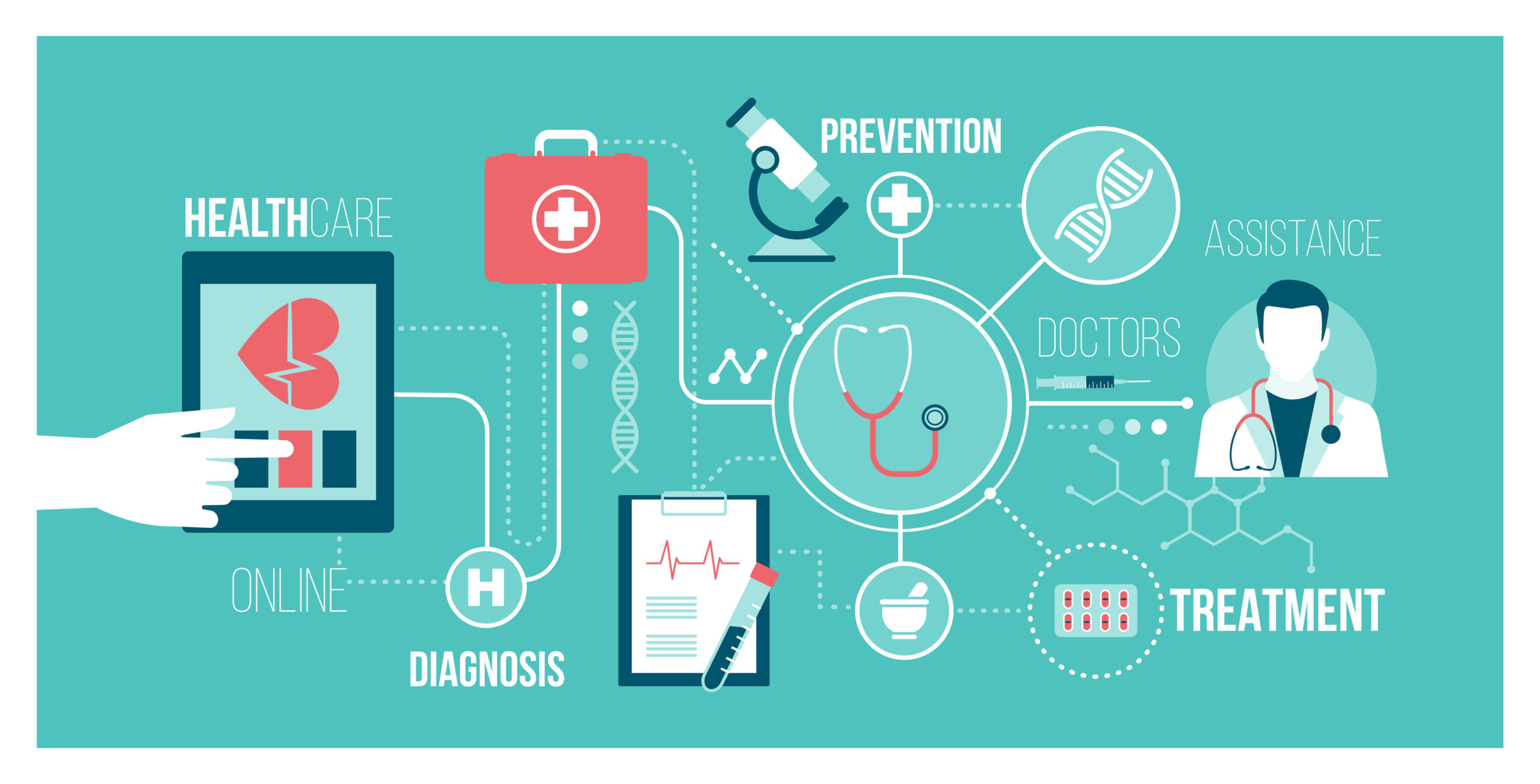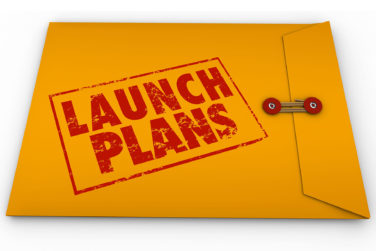Careers in biopharma, for the most part, reward “tortoises” rather than “hares.” You have to think things through, tie your decisions to rock-solid science, and have the patience to see the development of your brand through to potential approval several years down the road. Patient engagement, however, needs the strengths of both hares and tortoises. A solid strategy is the foundation, but reacting fast to circumstances is the key to unlocking the vast potential of working with patients.
I was recently asked what successful biopharma brand directors have in common. Other than “they’re good leaders,” I couldn’t think of a better answer on the spot. That’s because I’m a “tortoise” type and need time to process in order to perfect my response. All of us fall somewhere in the spectrum between “hares,” who are quick on their toes and perform well moving fast, and “tortoises,” who thoroughly process information and put in hours in order to get to the right answer rather than an approximation of it.
So what does make a good biopharma brand director, really? It’s assembling teams that unite all the different strengths needed to get the job done. That includes “hares” and “tortoises.” It also includes planners and problem solvers, strategists and relationship builders, leaders, and doers.
“Planning,” as Einstein supposedly once said, is what “replaces chance with error.” There’s a grain of truth to that, but the solution is not to be without any plan but, if anything, to be overprepared with contingency plans. The unexpected can always happen, and your team’s strength is a direct function of its reaction to the monkey wrenches real life throws your way. Contingency plans help tortoises act faster when Plan A needs to be discarded. And when Plan B doesn’t apply, your hares come in to pick up any slack. To make that possible, relationship builders must be on the team as well—without excellent rapport with compliance, legal, and regulatory, there is no moving fast.
The Stuck Elevator
Real life examples: I remember a few years back, we had a meeting with patients living with a severe lung condition which required some of them to be on oxygen, at least some of the time. The planners on our team did an amazing job going through the relevant questions: Given the limited mobility of oxygen-dependent patients, how can we facilitate their travels? Are all the rooms accessible without the use of stairs? Is our offsite restaurant equipped with an elevator? What does the onsite team need to know so they can react when someone has a medical emergency? Of course, there were the standard meeting planning questions, such as dietary requirements, allergies, etc. Check, check, check. Everyone was briefed, everything was booked and prepared for a smooth meeting.
Things went very well, there was great rapport between the patients and the client, and the mood was positively emotional. After dinner we all boarded the elevator, pushed the button, watched the door close, felt the cabin set in motion…and stop. Stuck in the middle of two floors. A group of people who have difficulty walking or standing for very long all of a sudden were locked in a little cage. How we loved our hares that night! Their instant action kept the lung patients from hyperventilating. Their wherewithal to find ways to swiftly and safely extract the group from that delicate situation served to not just salvage the meeting but also to tighten the bonds formed even more. We didn’t want it to happen, but it built an extra level of camaraderie. We were all in this together, and we all got through it together.
The Wheelchair Ramp
Every patient is different, but by definition, one thing they have in common is that their health is not 100%. That means that every Plan A already accounts for health limitations, and several Plans B are dedicated to responding to any kind of medical exacerbation. Your team members must know what to do if someone has a seizure; they must understand how to treat service animals; they must know signs and symptoms of exacerbations; they must develop skills to help someone who’s in a wheelchair, blind, hearing impaired, cognitively challenged, or terminally ill. Most importantly, they need the ability to act on the spot when a new and unexpected situation poses a new challenge, such as a building in Europe that professes to be wheelchair accessible. I’ve seen meeting organizers build ramps on the fly to ensure that was actually the case.
The Lighthouse that Guides You
All of this only ever works with solid planning and preparation beforehand. At the same time, it also requires that people take the plan more as a “recipe,” a general idea of what needs to happen, not as a rigid blueprint. Even the medical profession itself has specifically allowed for an element of human best judgment to complement and, in some cases, override protocols. That’s not “winging it,” it’s doing what’s in the patient’s best interest.
It takes a combination of many different talents to do the best by patients. There are recognized tools that help companies put together teams of optimal skill diversity, and for brand directors, it’s a good idea to not just employ these with internal teams but to also ask their vendors to ensure they have hares and tortoises, analytical strategists and empathetic relationship builders, leaders, and doers. The plan is the lighthouse that provides a point at the horizon, but only a crew of diverse talents can chart the correct course.










